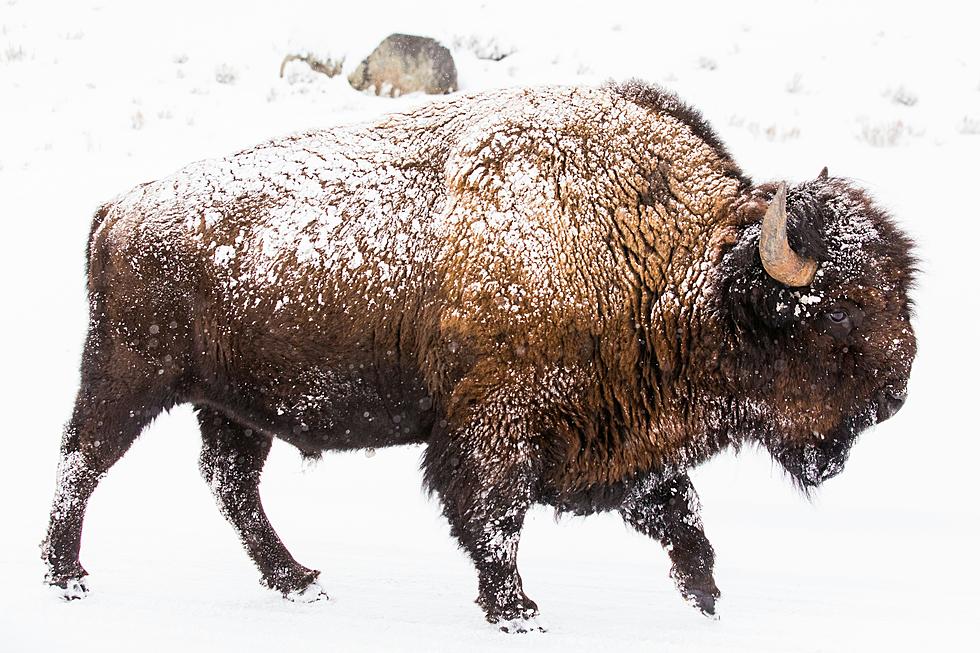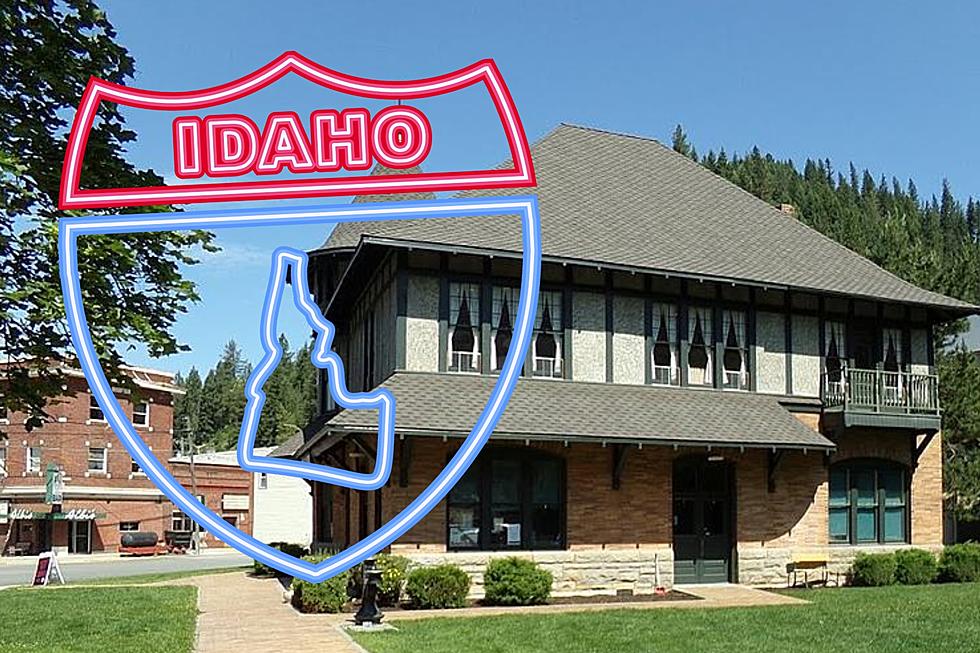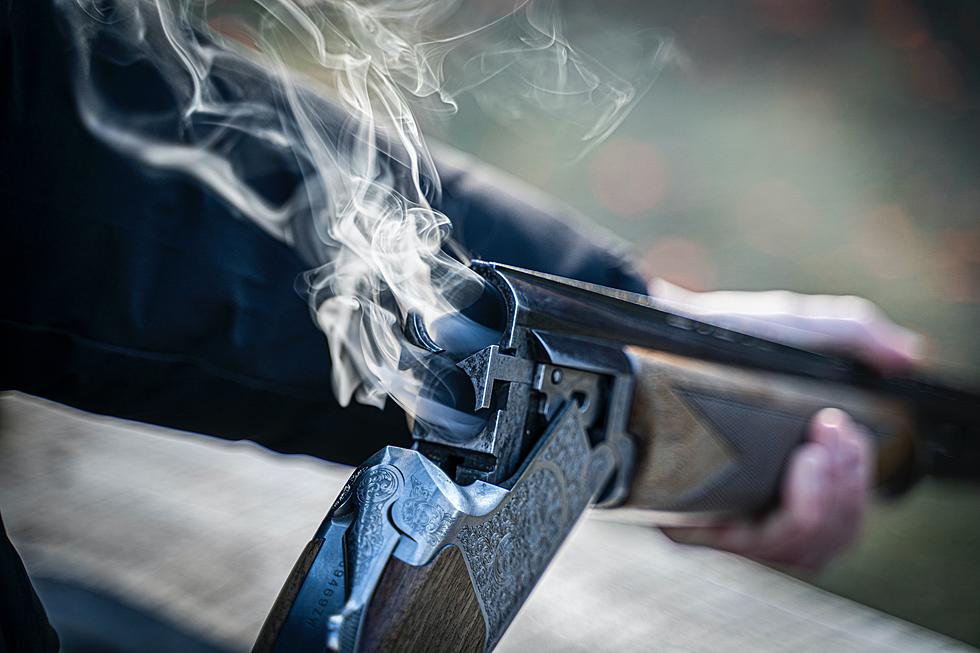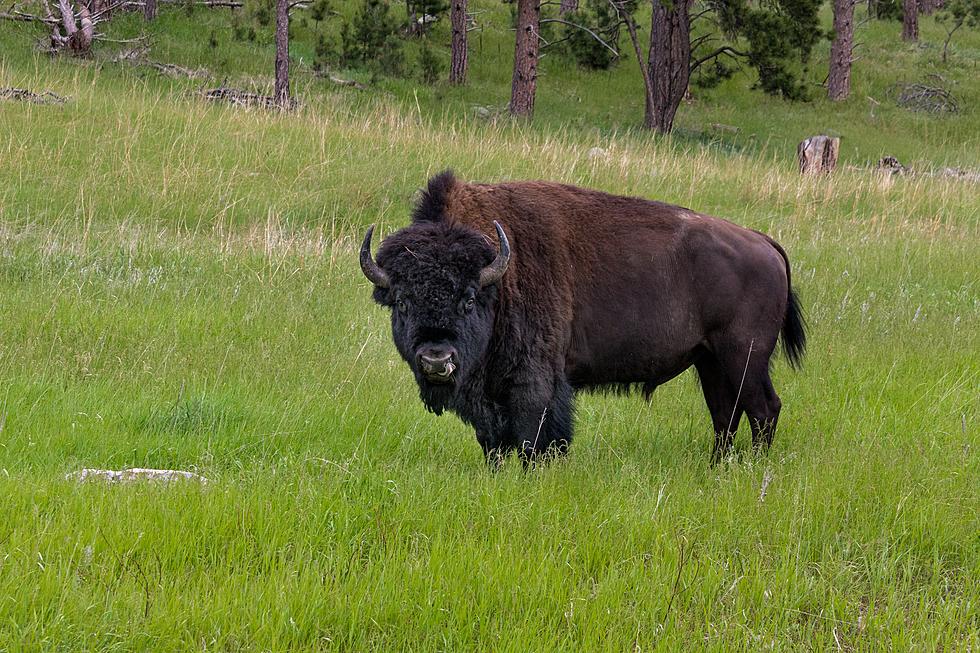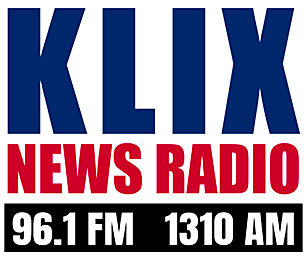
A Call to Restore the North American Bison Herds
Somewhere in my old family photos there’s a bison. Behind a fence in Niagara Falls, Ontario. At an amusement park called Marine Land. My daughter and niece stand on another side of the fence, disinterested, as the great beast grazes 18 inches from where their feet are planted. The bison is molting and just as indifferent. After all, a lot of tourists pass along the same trail every day.
How would you vaccinate bison in the wild if the numbers began growing into the hundreds of thousands?
Over the weekend I came across a great piece at National Review about the future of the bison. The writer explains it’s not a stretch to say we can rebuild the North American and United States herds. Bison are sociable, the writer explains, and mix well when introduced into existing herds. The animals are very adaptable. Not only living near a Canadian metropolis and tourist site, but in locales where they weren’t native. The Onondaga Nation in Upstate New York manages a herd in country much more suited to dairy, horses and apple farms.
These include where you would graze massive herds of bison. Public lands? Would it compete with cattle operations? Also, Steve Millington shared with me this morning there is a serious threat from brucellosis. He’s aware of bison sharing the disease with cattle and entire herds then needed to be destroyed.
This is an even larger challenge. How would you vaccinate bison in the wild if the numbers began growing into the hundreds of thousands?
Raising bison for market isn’t easy. The price for meat at the store currently is much higher than beef.
Now, I still like the idea of reviving some herds, although. I don’t want to encounter the animals on an Interstate.
More From News Radio 1310 KLIX

